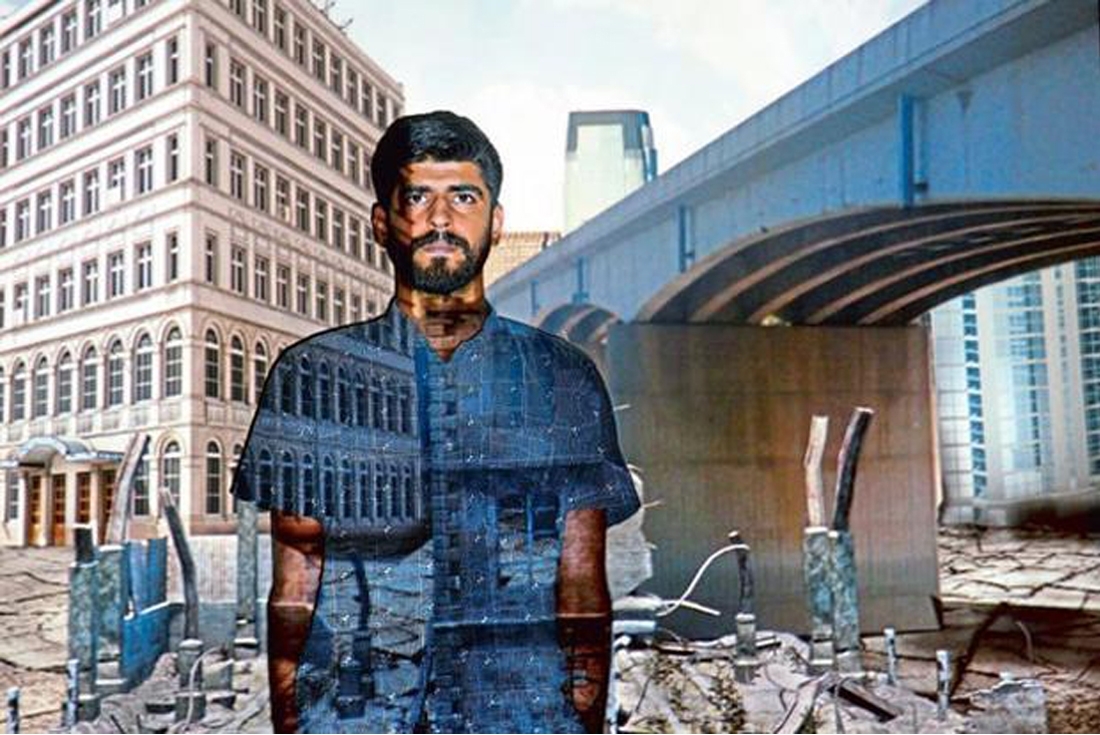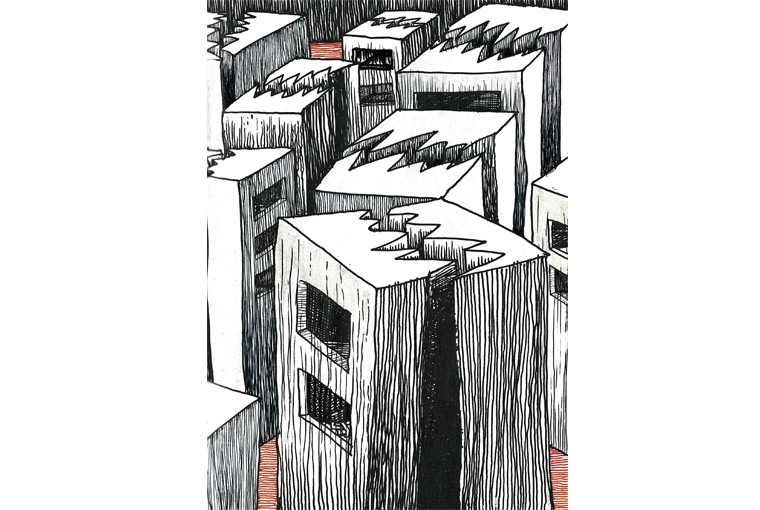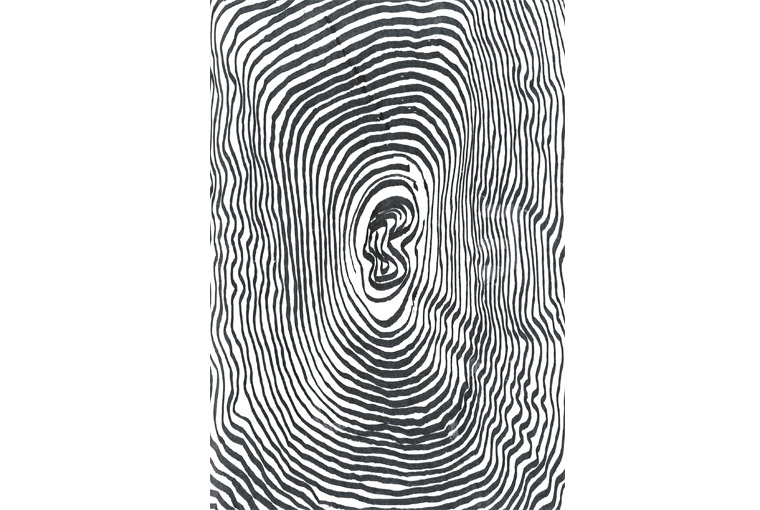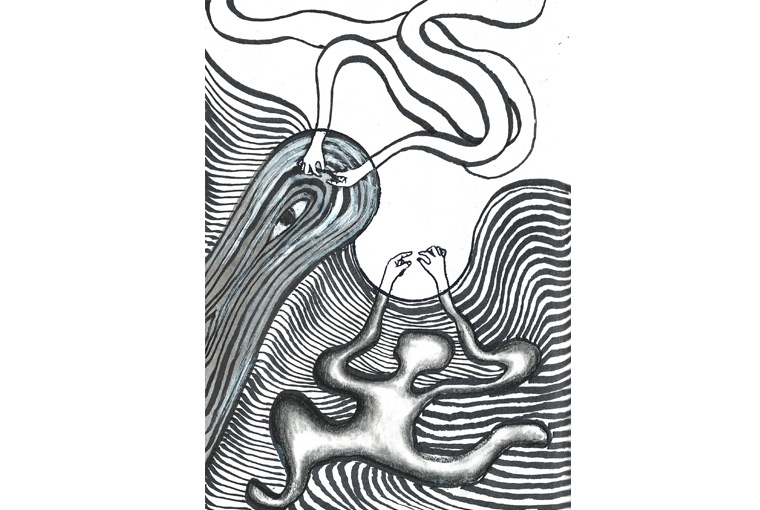

This is the tale of a boy who used to spend his childhood playing video games… relatable? And he used to take old toys apart to make new ones… still relatable?
Well, this is the journey of dissecting the artistic mind of Dheer Kaku, an independent visual multi-media artist who is currently practising his craft in Goa, and who is still exploring his relationship with various mediums and interacting with his environment to reflect his mind.
'Both my parents were graphic designers and ran a small advertising firm. I grew up looking at them making designs and prints and naturally picked up a pencil and started drawing at a young age,' informs Dheer. Having grown up being exposed to such digital mediums had sparked a certain amount of curiosity in him to find out how these technical pieces work, that he used to help his father with Photoshop and other software in exchange for all those broken pieces of the electronic left in his office. And all this was when he was around ten years old and like other artistically inclined kid’s schoolbook, it was filled with random doodles that were a response to his immediate surroundings.
It wouldn’t be wrong to say that he does find a certain amount of ‘comfort’ when he inclines towards digital mediums while creating his present-day artworks, a foundation laid by his childhood habitat; instinctive comfort in a silently unrealized nostalgic past.
This realization of exploring mediums pushed by an urge to express found him indulging in painting at Rachana Sansad Academy of Fine Arts and Craft, Mumbai. After which he assisted various artists, exhibited his work, and tried cinematography. One thing they have in common? They all push boundaries of thought and celebrate monotonous routines of everyday life after all art is a celebration of personal perceptions.
On Instagram, he describes himself as ‘Art terrorist and Ill lust traitor ’, along with various other ‘accreditations’, and true to those titles, he tries to exploit art and embarks on a quest to conquer his mind, by means of various mediums.
Practising art evolves and grows the artist. How would you say you have progressed so far?
Practising art for me has always been a process of evolving through un-learning and un-growing, my practice has grown with me but it has also been a means to let go of everything I have learnt and conditioned to do. A way to remind myself that what I experience through this body is as subjective as the art we make. It would be easier for me to describe my practice over the years as a series of transformations rather than call it ‘progress’. With every new medium that I pick up, I get the opportunity to look at things in a whole new way, and each creative process informs the other. It’s like learning a new language, not just to communicate better but also to have every tool of expression in your vocabulary, so I can be (or not be) as articulate as I want. The word ‘progress’ implies a sense of direction and a starting point. I imagine my journey with art to be a constant intervention in this ever-expanding multiverse of information. To be creative you need to have the ability to detach from the so-called ‘reality’ that we exist in, and that process becomes crucial as I can use it to look deeper into my surroundings and myself.

Back To Square
Art is a personal entity of the artist, which makes it unable to be defined generally. So what is Art to you and what is the most important aspect?
I think ‘Art’ is what happens when the human mind comes to observe a moment or something that is purely indefinable. The mind is so good at attaching meaning to things and ‘Art’ challenges that process of understanding something, that’s the most important aspect for me. Art enables the artist to communicate with emotions and thoughts beyond the boundaries of language. Art becomes the space where everything you think you know can be challenged.

Always Listening
Your work relies on the use of basic shapes of design, especially the use of parallel lines and circles, and also elements of illusion that add an underlying humour to the work. What attracts you to these basic shapes?
I am attracted to patterns, life around us was created because of the patterns of the sun and moon, and the core of a pattern is generally a basic element reflected over and over and over and over.. I’m playing with these basic elements like a scientist would play with atoms in a lab. Trying every permutation combination to see how things work (or don’t) so it can be applied to our daily lives.
I find humour in the oversimplification of complex ideas, and exaggerations of the mundane. Repetition can be looked at as something mundane like going to sleep every day or something really exciting like a beat of a song, And just like an illusion, it changes if you don’t see it from the right point of view.
You work extensively with digital media manipulation and it plays a major role in your practice. What fascinates you about the incorporation of digital with traditional hand techniques?
I wouldn’t make a distinction between what is traditional and what is digital or contemporary, it’s just a matter of time, literally. I like to keep learning new techniques and methods of expression, and I feel that’s has been a primary part of the art-making tradition. What is fascinating about digital media is that the time and physical energy invested in the art-making process can be cut down drastically, at the same time you can use it to multiply the smallest of ideas into something else entirely.
I won’t deny that there is a certain amount of comfort in ‘creating’ digitally because you aren’t creating something that occupies real space, and that makes it really easy to store and carry or even share. Maybe If I had enough space I’d choose to paint more often.

Hands on
Why Goa?
Too many squares and right angles were taking over my visual references, I needed to take distance from it to be able to see how much I want to keep and how much I’d like to discard, It’s an experiment like any other.
What is your take on the current market and audience for art in India? What are the challenges that you still face/faced in terms of audience and market?
There seems to be a big difference between the capitals invested in the artworks of dead artists compared to the artists that are still practising. There are many more artists making art now than ever before and so much more potential for progress, we need to clear some space in the market and not hold on to romantic notions of the past, especially the ones that we ‘value’ so much.
There are a few independent galleries and artist collectives that are questioning this system of the art market, which is a sign that others are also seeking change.
Thinking about the audience as a whole, to me serves no purpose, apart from coming to a preconceived idea of ‘people’ or ‘the viewer’. My peers and fellow artists are the only people that I try to keep in mind through my process.
What is an important realization you learnt in your career that you would advice upcoming artists about?
I don’t think its fair to term any artist as ‘upcoming’ because ‘fame’ should not be a tool used to measure ‘success’. If you have the urge to communicate your opinion, you are already an artist. The rest is just about how you choose to apply yourself. The one thing I’ve learnt (in life) is that you can do things with clear intentions that art can’t even imagine.
Work (in progress) and links to his profile and website:
Text Tony Jacob